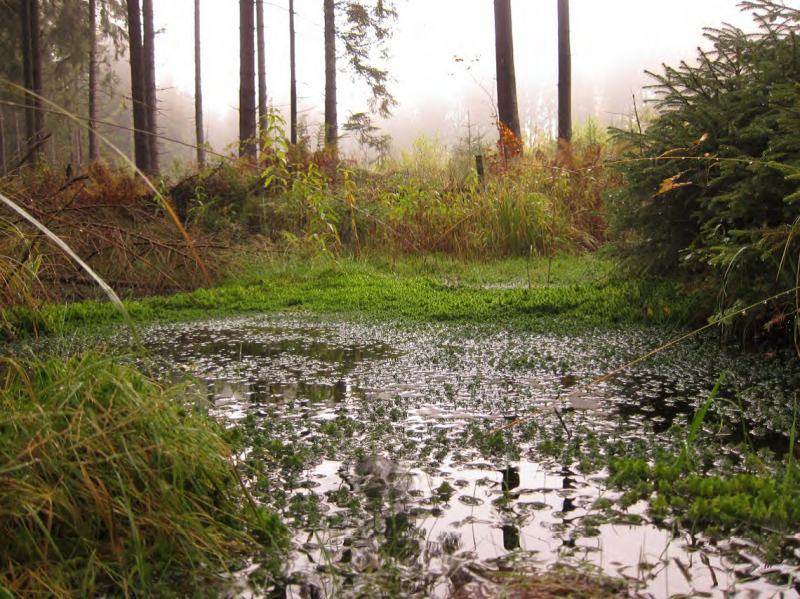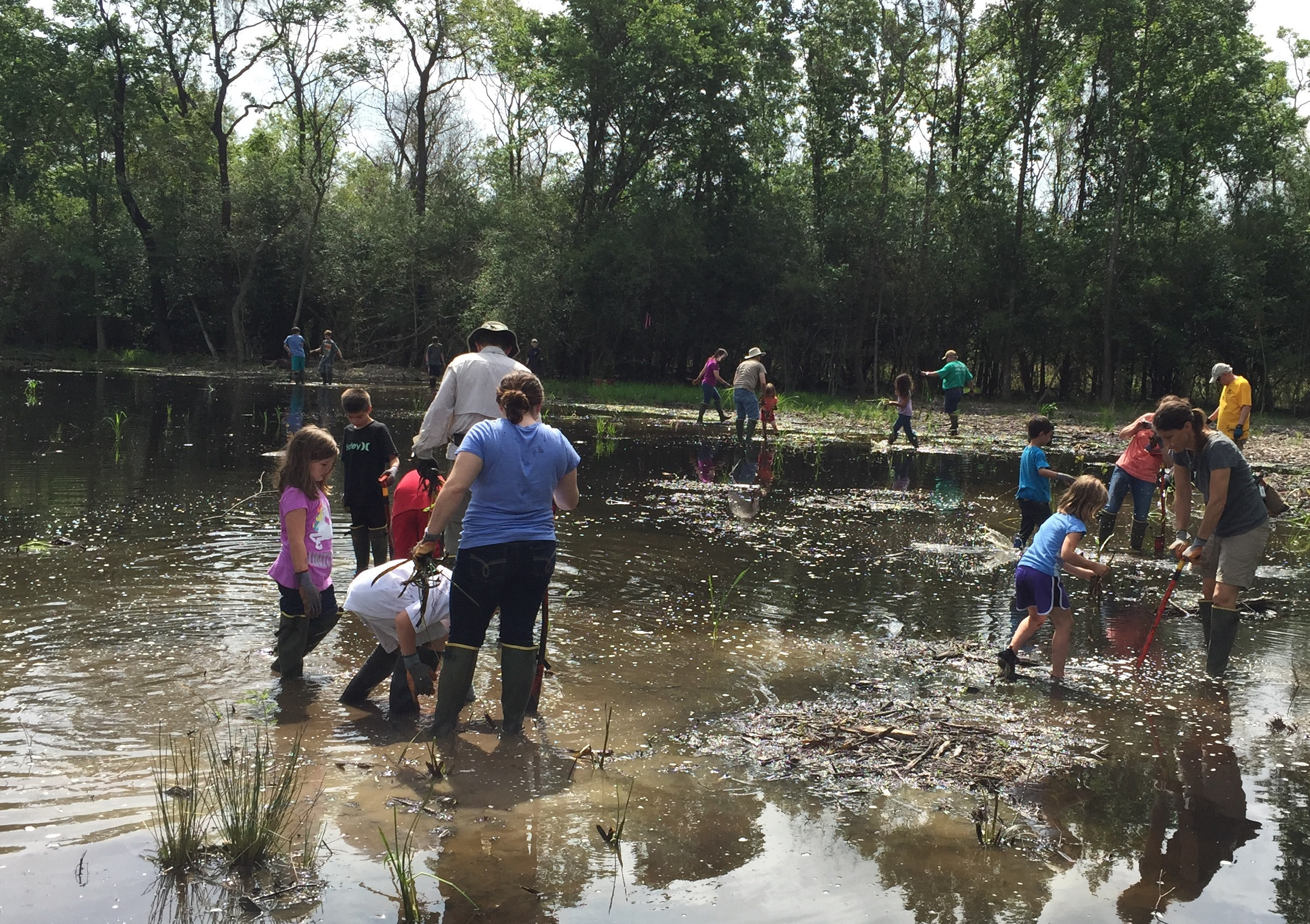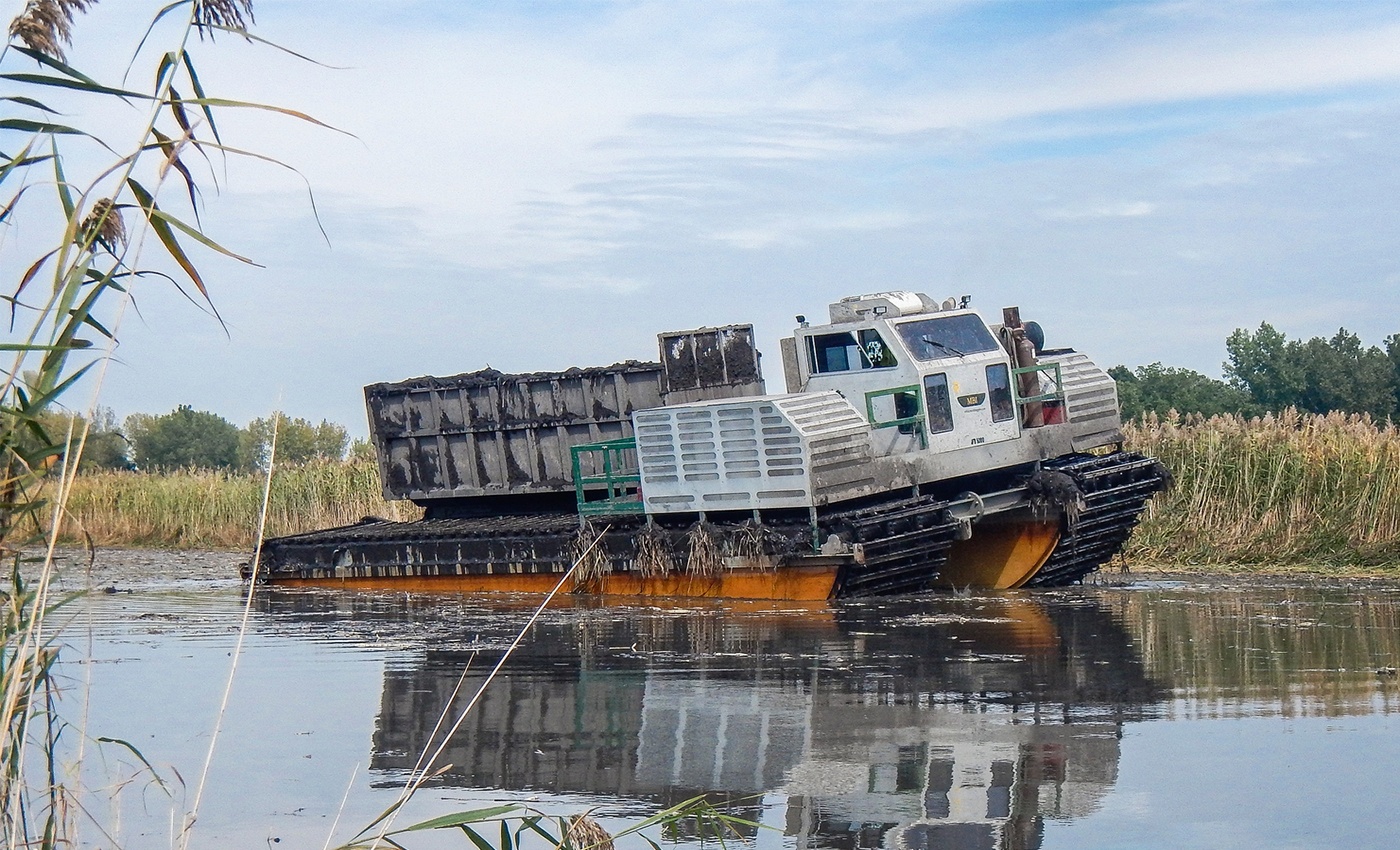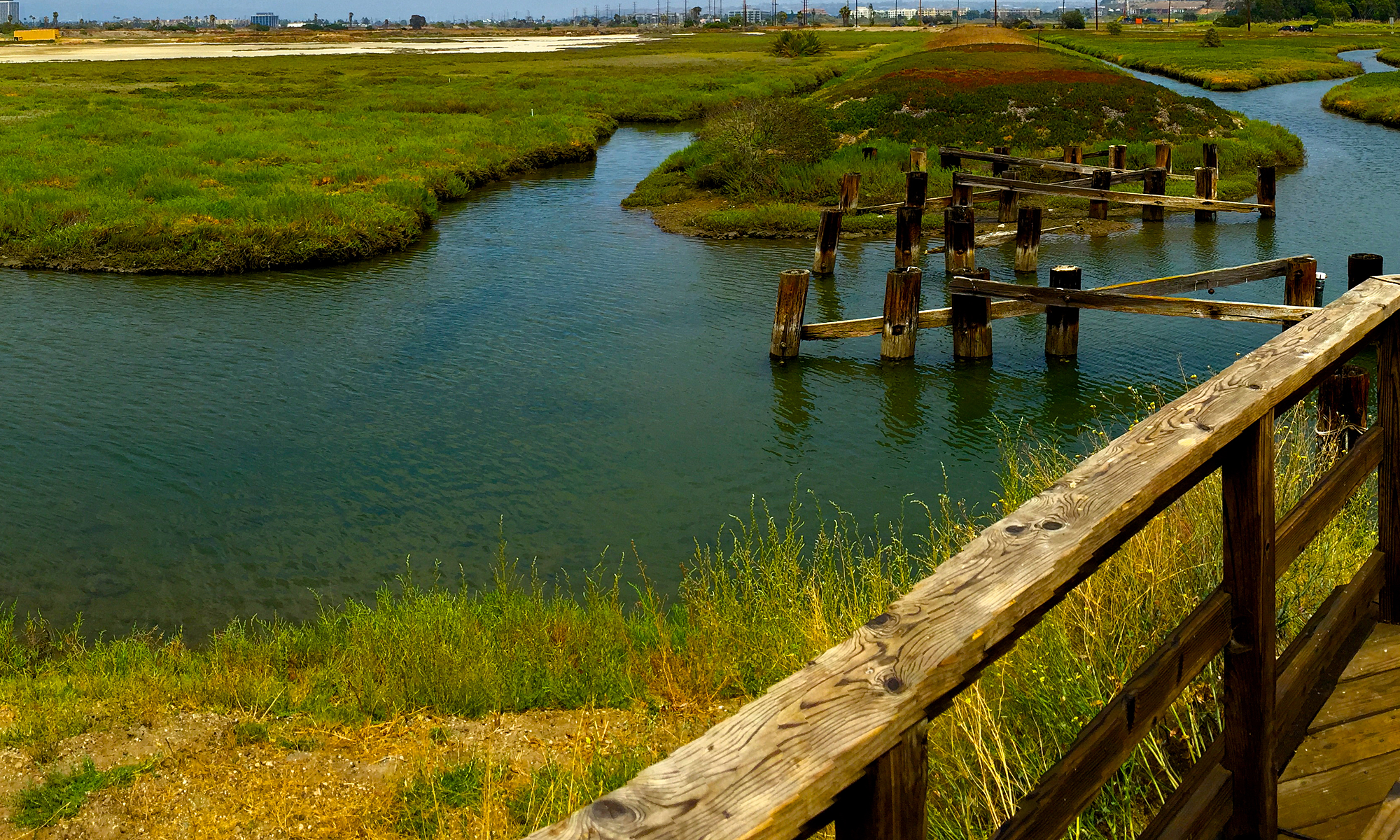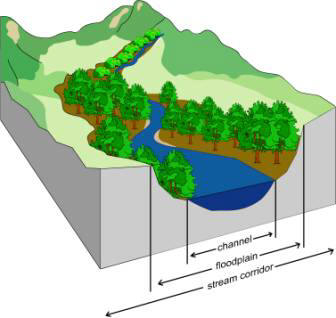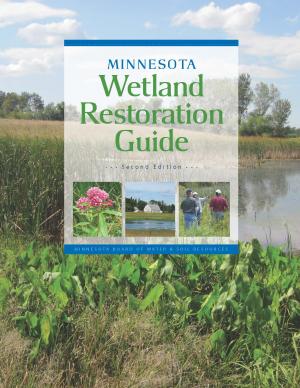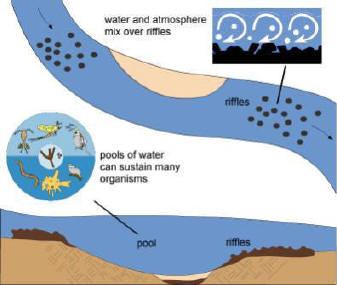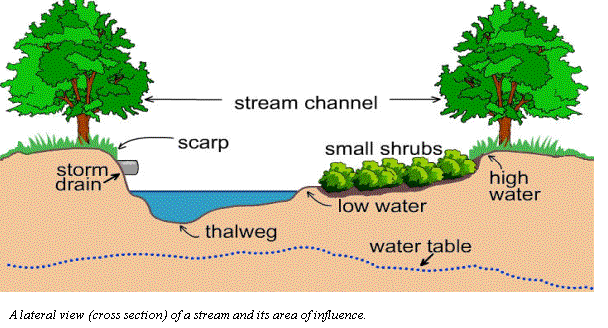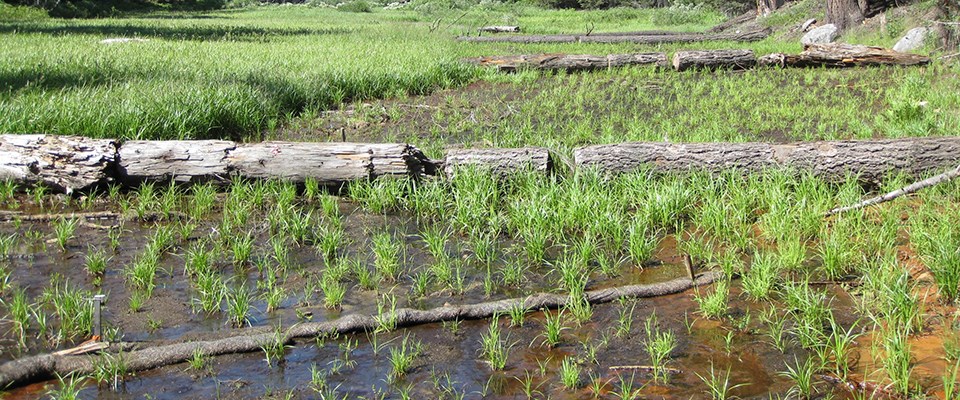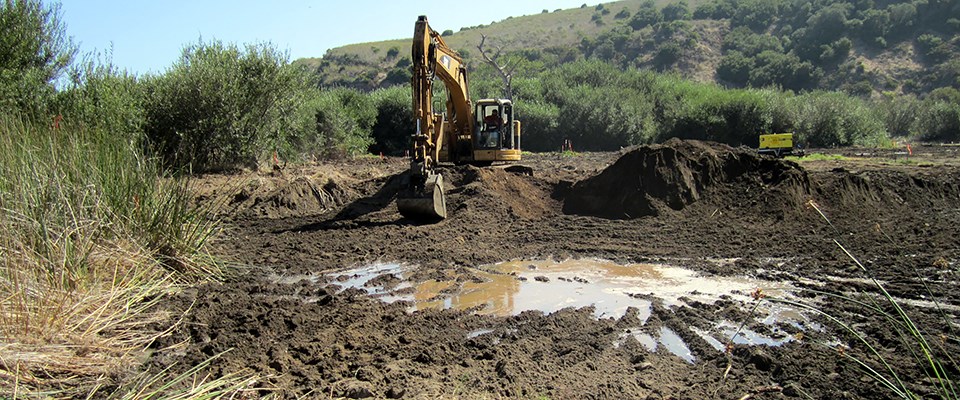Spectacular Info About How To Restore A Wetland
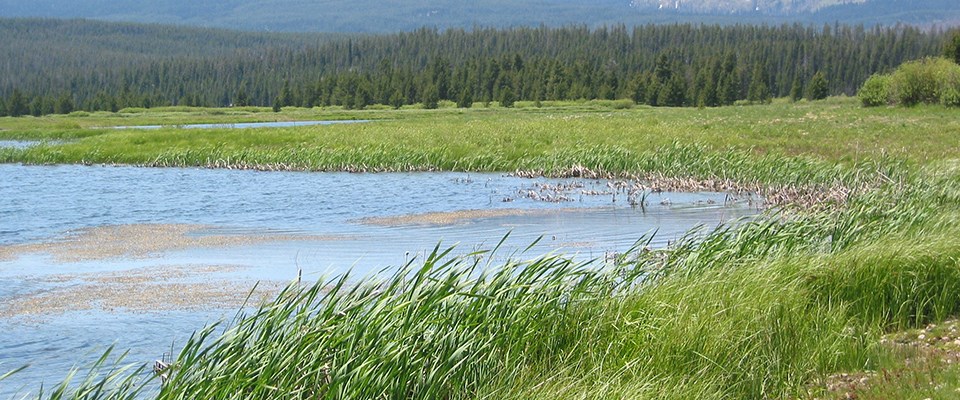
Wetland restoration can involve improving wildlife habitat, restoring native plant species, increasing flood storage, improving water quality, or all of the above and more.
How to restore a wetland. Boosting wildlife in years following, mark and beth worked with nrcs through the. Where sites are adjacent to existing wetlands, restoration can sometimes be left to natural regeneration. How to restore a wetland.
A mess of mud after being chomped and stomped by cattle is now teeming with tūī after flax and cabbage trees were planted on the land more than ten years ago. Get inspired, and start collecting seed! This occurs through seed drift from nearby areas, germination from the seed.
10 step guide to restoring a wetland: Restoration was undertaken in 2000. The bisers enrolled their farm in the wetland reserve program to enhance the wetlands.
2) collect the black seeds from the dry pods in. Lessons from restored and created wetland ecosystems ’. Agricultural drainage tiles were removed to restore water levels to previous wetland levels.
After over 30 years and. Hydric soils form over a long. Of that total, 59 percent is seagrass beds, 34 percent.
Plant a mixture of local trees including those which prefer the drier edges of a floodplain (such as oak) and some which prefer to get their feet wet (such as alder and willow). Plants that are adapted to grow in wet soils. The national wetland team is responsible for the development of wetland restoration and enhancement technology development, and the delivery of this.
In this post david moreno mateos discusses his paper ‘ ecosystem response to interventions:
